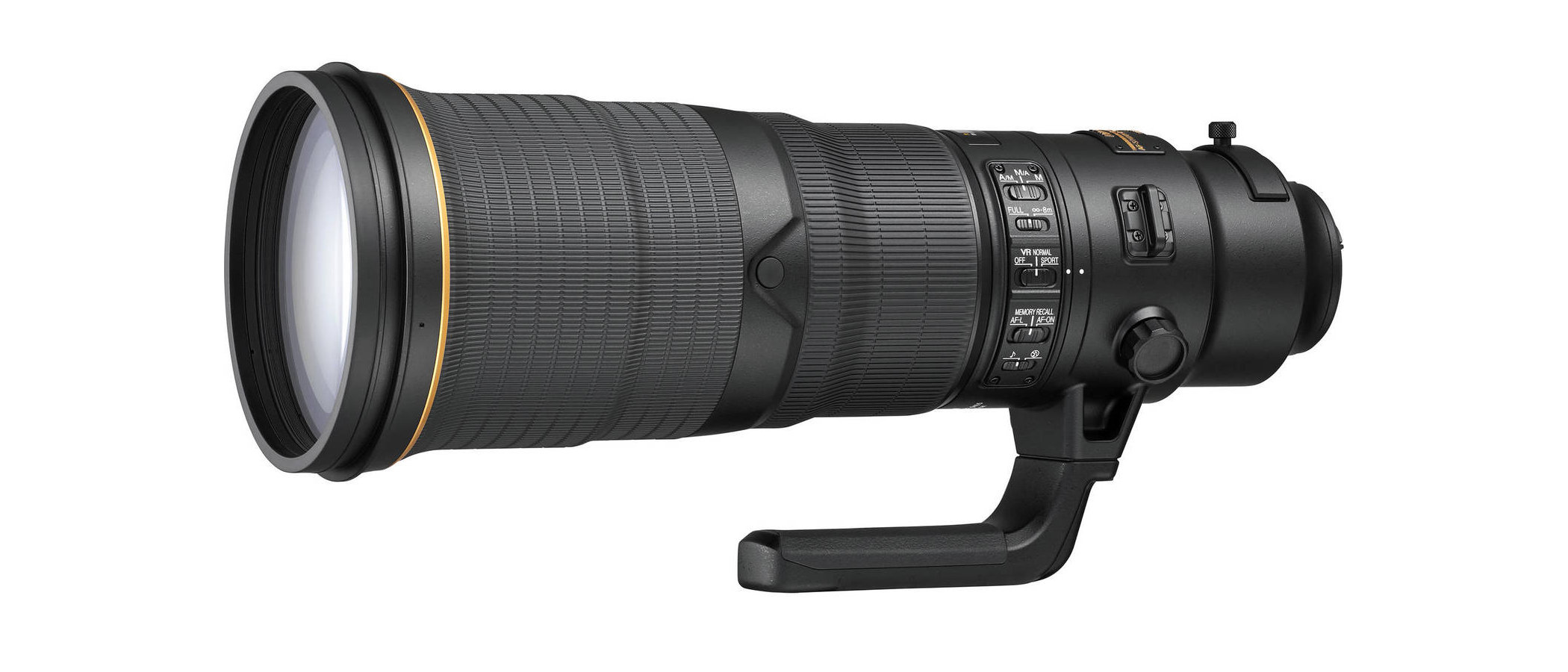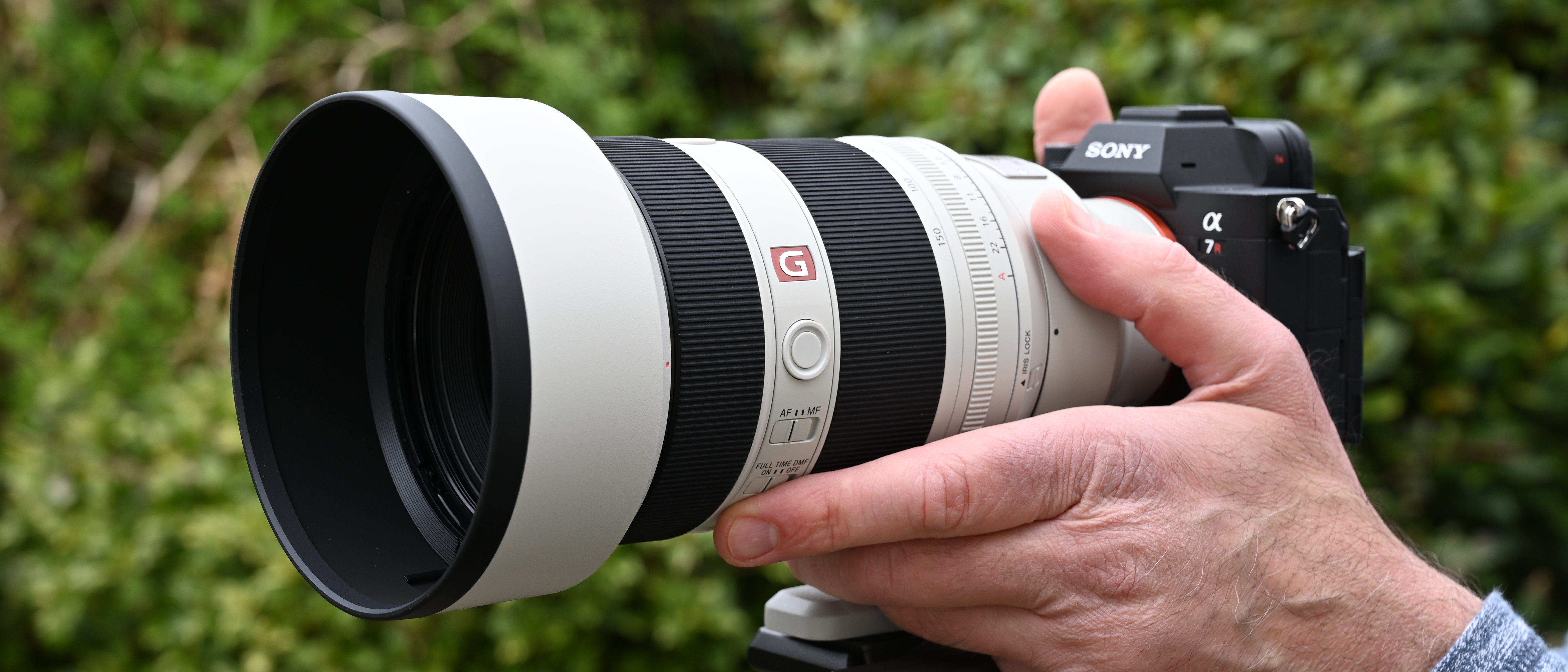Digital Camera World Verdict
Compared with the previous edition of this lens, the replacement of two optical elements with fluorite glass gives a significant saving in weight. Build quality is top-drawer, catering to the demands of professional action, sports and wildlife photographers. Overall performance and image quality are epic in every way, but there’s no getting away from the eye-watering price tag. The Sigma 500mm f/4 DG OS HSM Sports is almost as good and only costs around half the money, while the Nikon AF-S 500mm f/5.6E PF ED VR is less than half the weight.
Pros
- +
Excellent build quality
- +
High-end feature set
- +
Superb performance
Cons
- -
Lighter but still heavy
- -
Very expensive to buy
Why you can trust Digital Camera World
The Nikon AF-S 500mm f/4E FL ED VR is one of a number of top-end super-telephoto primes to get a ‘fluorite’ makeover, along with the AF-S 400mm f/2.8E FL ED VR, AF-S 600mm f/4E FL ED VR and AF-S 800mm f/5.6E FL ED VR. They’re all fully professional-grade lenses with a tough, weather-sealed magnesium alloy build, carbon fiber hoods and come in sturdy hard cases. They’re ideally suited to action sports and wildlife photography.
Specifications
Mount: Nikon F
Full-frame: Yes
Autofocus: Yes
Stabilization: Yes
Lens construction: 16 elements in 12 groups
Angle of view: 5 degrees
Diaphragm blades: 9
Minimum aperture: f/22
Minimum focusing distance: 3.6m
Maximum magnification ratio: 0.15x
Filter size: 40.5mm (drop-in)
Dimensions: 140x387mm
Weight: 3,090g
Key features
A big advantage over the previous version of this lens is the addition of two fluorite lens elements, giving a 20 per cent reduction in overall weight, as well as shifting the balance away from the front of the lens. At just over 3kg, it’s about 700g lighter than its sibling F-mount 400mm f/2.8 and 600mm f/4 lenses, as well as having a slimmer build.
The lens features 4-stop VR, complete with a Sport mode for easier tracking of moving objects through the camera’s viewfinder, and avoiding a slow-down in high-speed continuous drive mode. Dual A/M and M/A modes give priority to autofocus or manual override, and a set of four forward-mounted AF buttons can be configured to provide AF-On, AF-Lock and Memory Recall functions. A 40.5mm drop-in filter slot is featured towards the rear.
As well as the two fluorite elements, there are three ED (Extra-low Dispersion) elements in the line-up of 16 elements in total. The specialist glass aims to maximize sharpness and clarity while minimizing aberrations. Both Nano Crystal Coat and Super Integrated Coating are featured to reduce ghosting and flare, and a fluorine coating is applied to the front element.
The aperture diaphragm is electromagnetically controlled, which helps to improve exposure consistency during rapid continuous drive bursts, but this does make the lens incompatible with some older DSLRs.
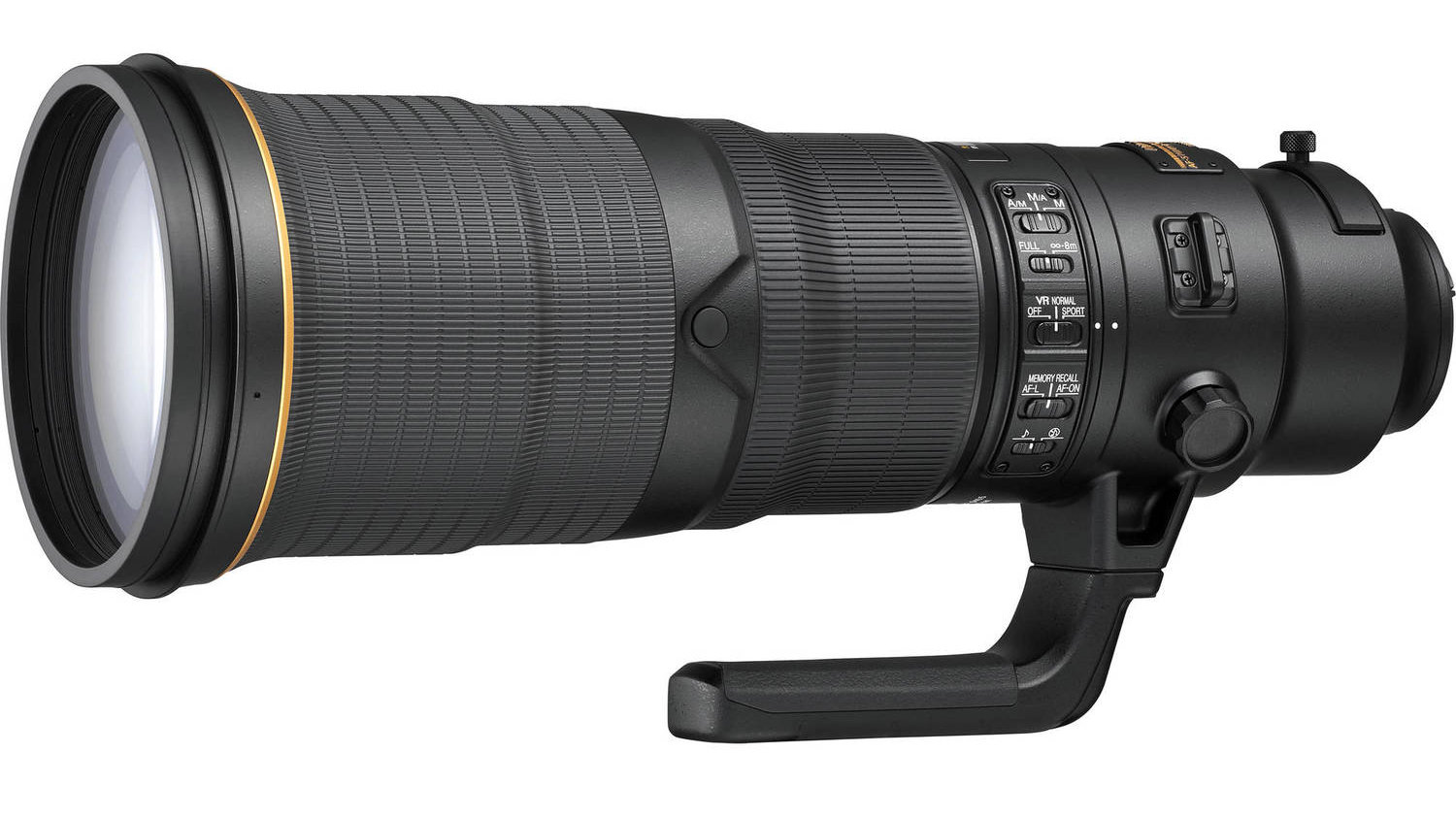
Performance
Sharpness and contrast are excellent even at the widest aperture of f/4, helping to make fast shutter speeds available. Autofocus is super-fast, the VR system works superbly well and overall performance is everything you could hope for in one of Nikon’s latest flagship telephoto lenses.
Lab results
We run a range of lab tests under controlled conditions, using the Imatest Master testing suite. Photos of test charts are taken across the range of apertures and zooms (where available), then analyzed for sharpness, distortion and chromatic aberrations.
We use Imatest SFR (spatial frequency response) charts and analysis software to plot lens resolution at the center of the image frame, corners and mid-point distances, across the range of aperture settings and, with zoom lenses, at four different focal lengths. The tests also measure distortion and color fringing (chromatic aberration).
Sharpness:
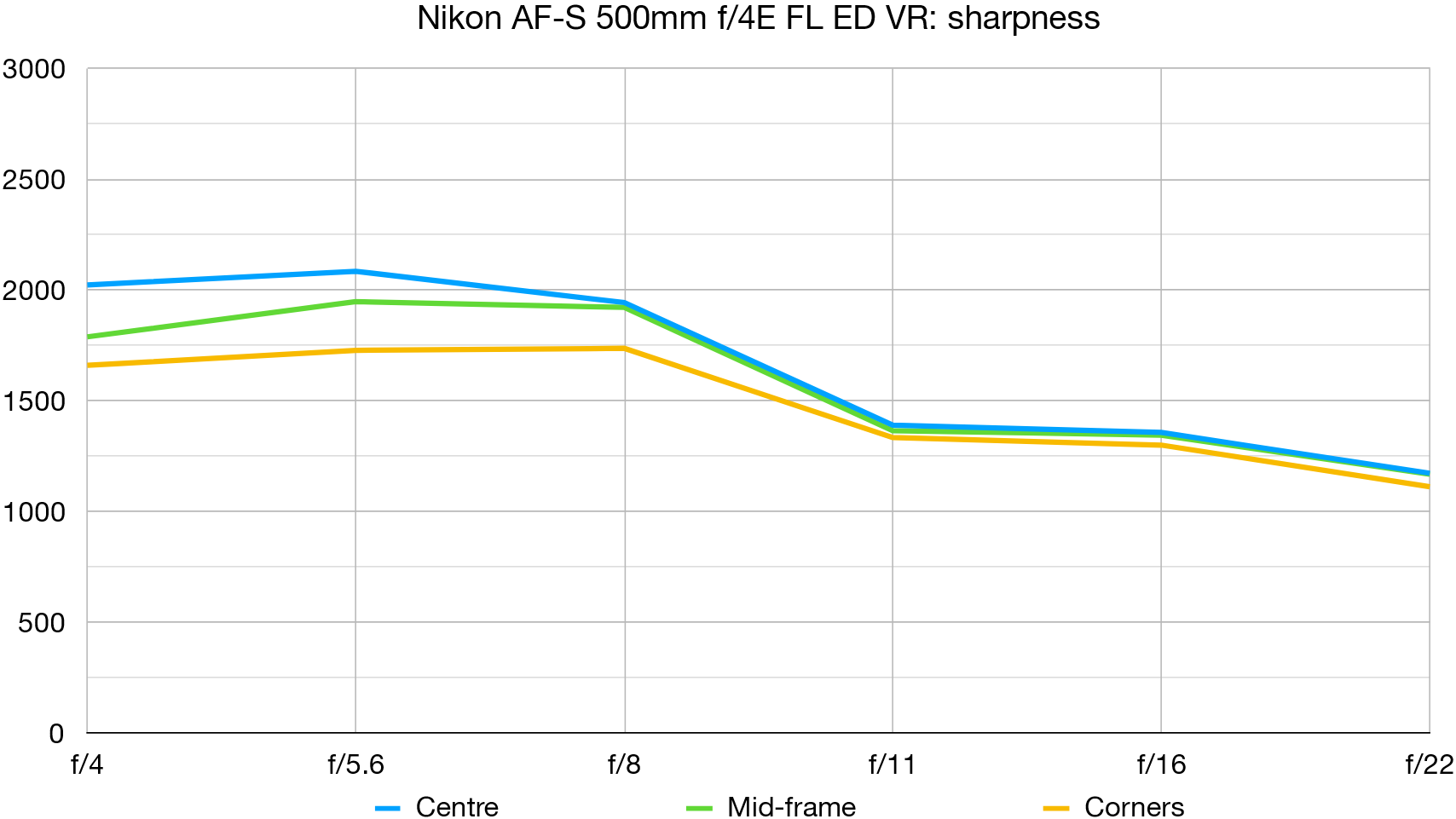
Although much heavier and pricier than the Nikon AF-S 500mm PF with its Phase Fresnel design, this lens delivers superior sharpness of spectacular levels.
Fringing:
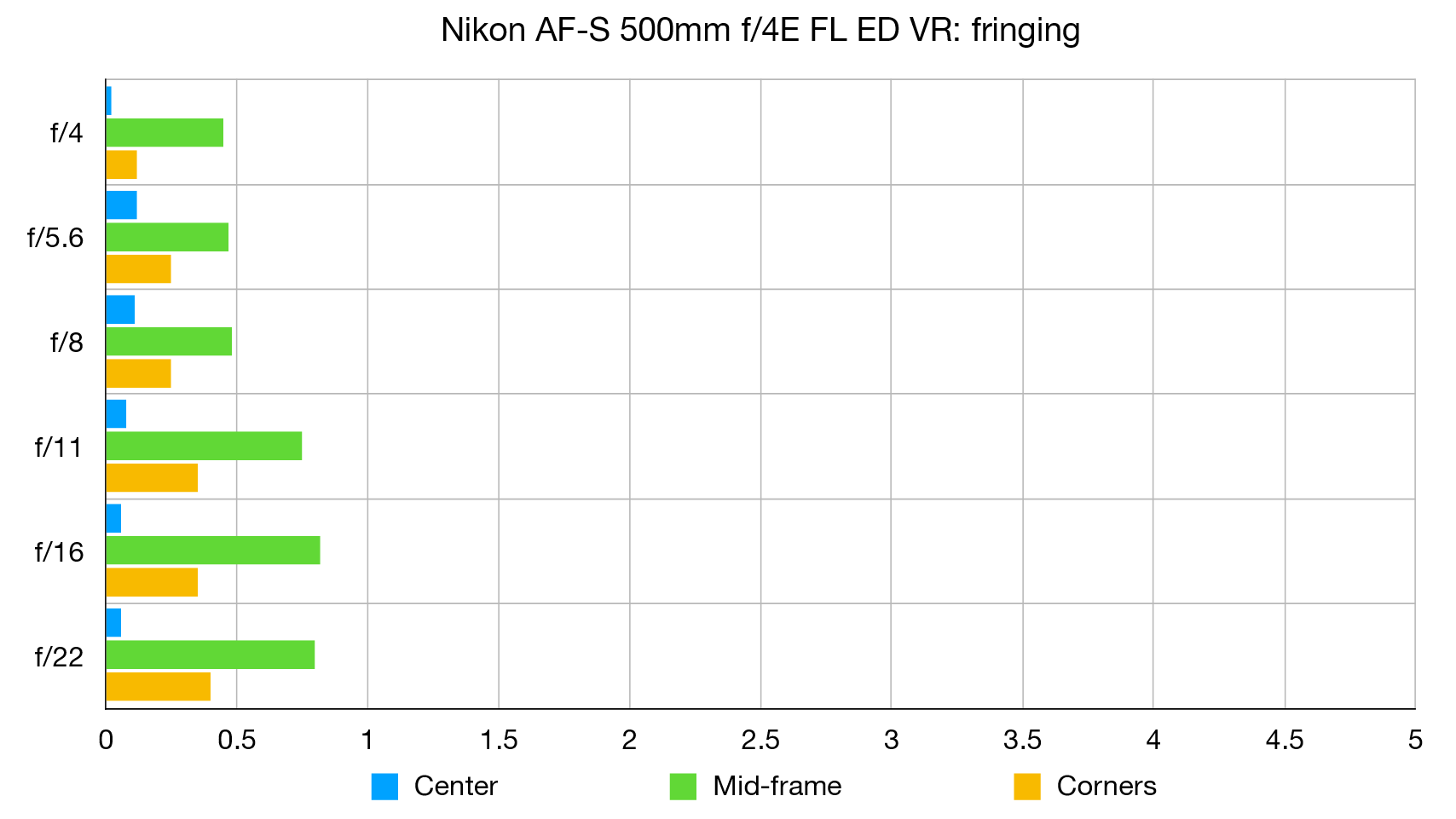
Color fringing is particularly negligible, even at the extreme corners of the image frame.
Distortion: 0.46
The very mild pincushion distortion is of the same level as in other Nikon F-mount super-tele lenses.
Verdict
Compared with the previous edition of this lens, the replacement of two optical elements with fluorite glass gives a significant saving in weight. Build quality is top-drawer, catering to the demands of professional action, sports and wildlife photographers. Overall performance and image quality are epic in every way, but there’s no getting away from the eye-watering price tag. The Sigma 500mm f/4 DG OS HSM Sports is almost as good and only costs around half the money, while the Nikon AF-S 500mm f/5.6E PF ED VR is less than half the weight.
Read more:
• Best camera lenses to get
• Best Canon lenses
• Best Nikon lenses
• Best Sony lenses
Matthew Richards is a photographer and journalist who has spent years using and reviewing all manner of photo gear. He is Digital Camera World's principal lens reviewer – and has tested more primes and zooms than most people have had hot dinners!
His expertise with equipment doesn’t end there, though. He is also an encyclopedia when it comes to all manner of cameras, camera holsters and bags, flashguns, tripods and heads, printers, papers and inks, and just about anything imaging-related.
In an earlier life he was a broadcast engineer at the BBC, as well as a former editor of PC Guide.

